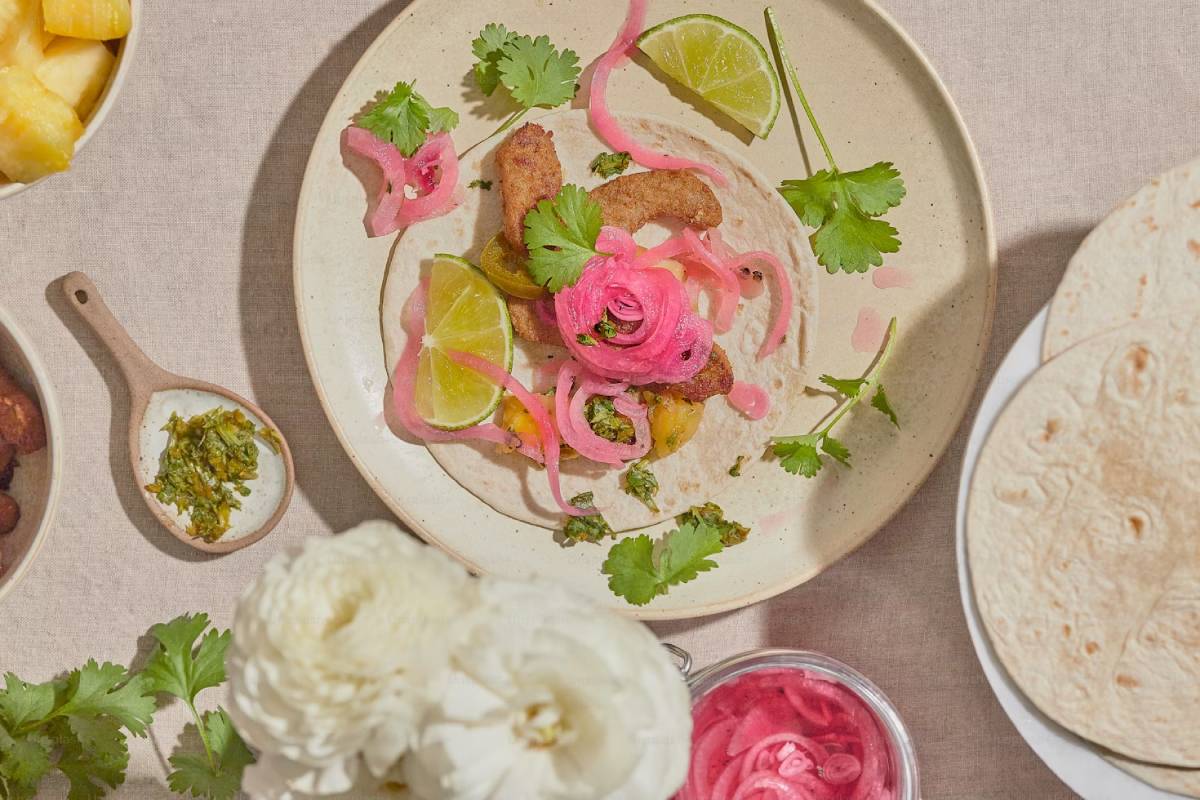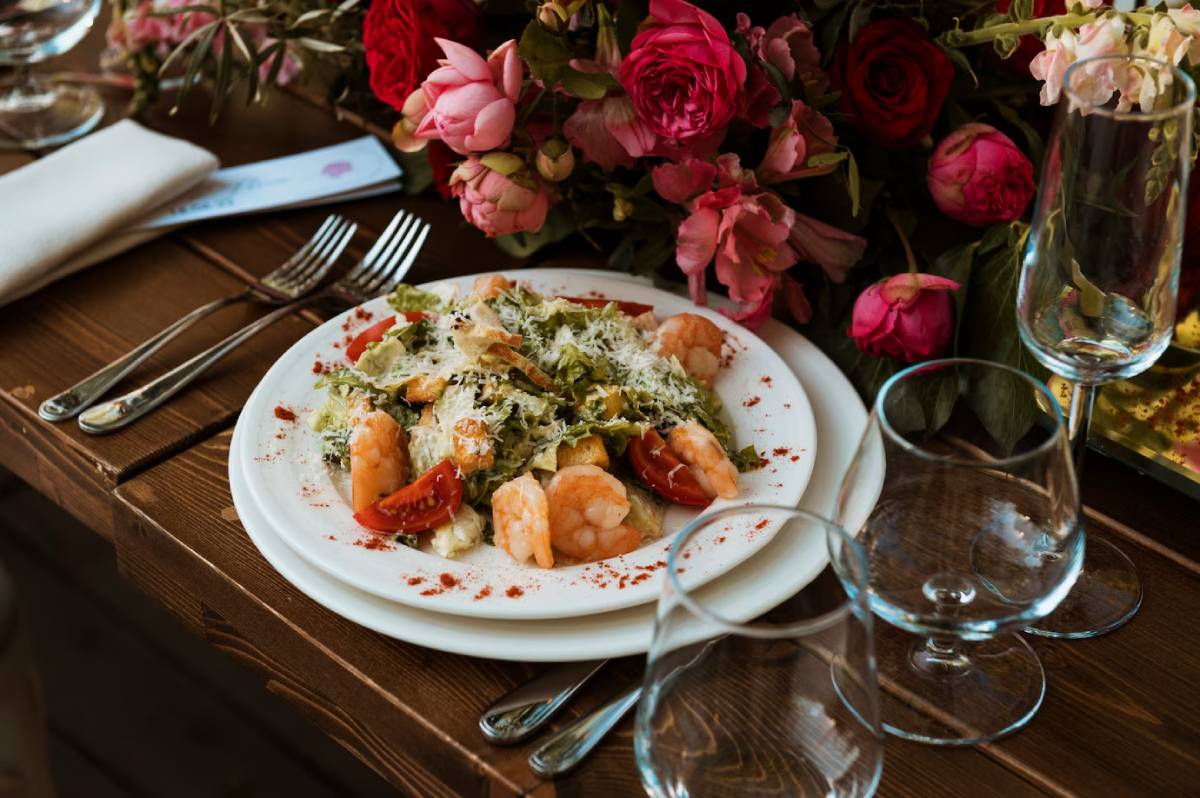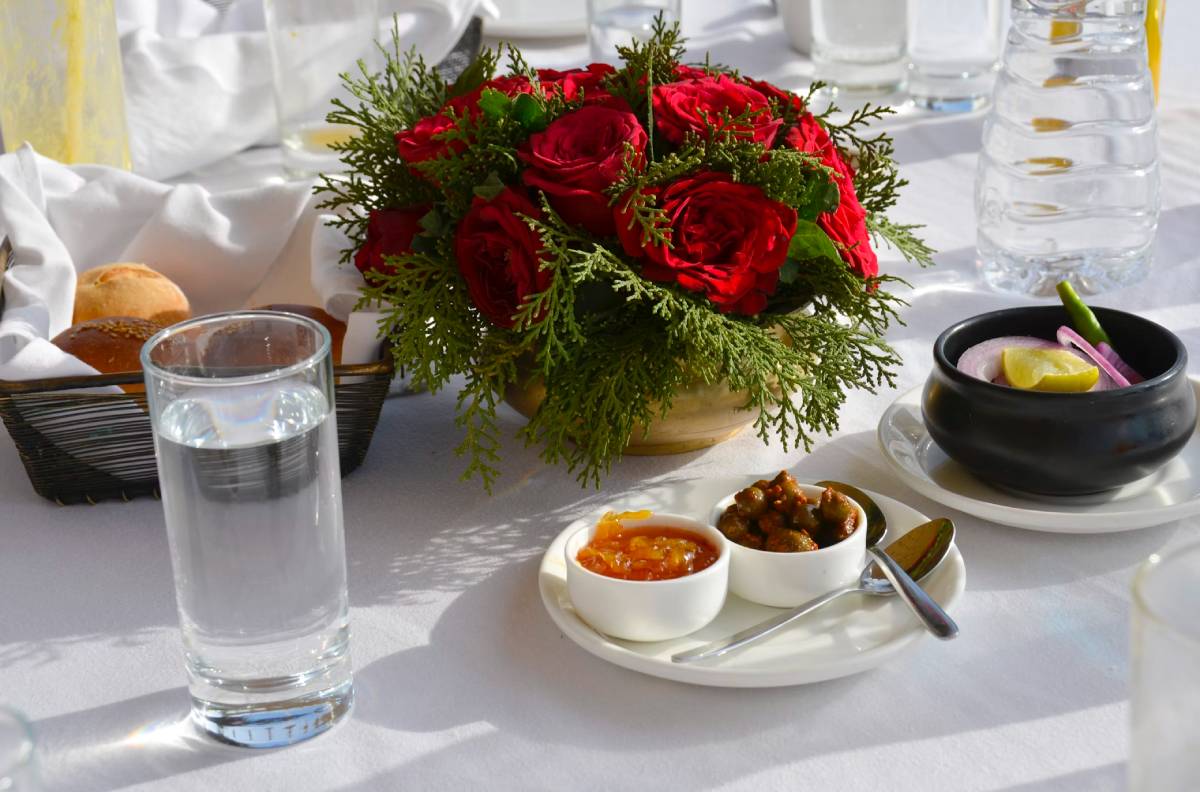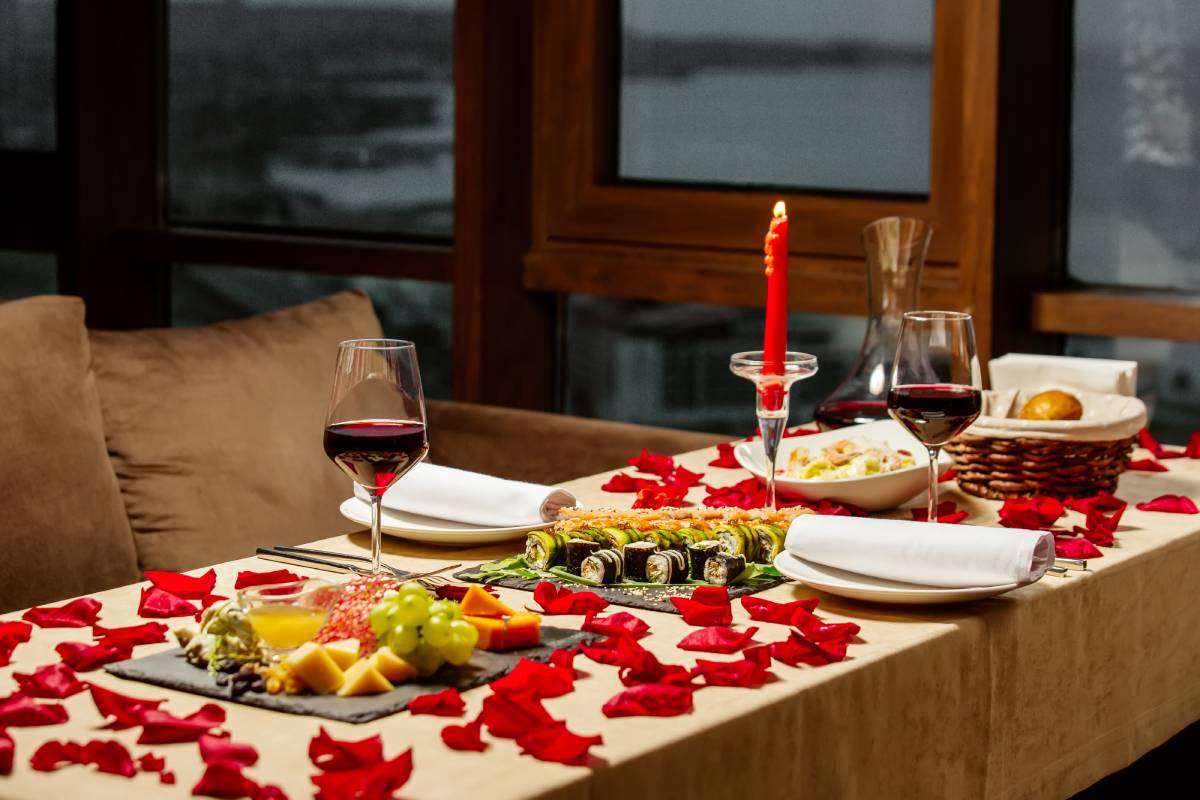
Exploring the World of Edible Flowers in Fine Dining
In fine dining, every bite offers flavour and beauty. Edible flowers have become one of the most exciting ingredients. Chefs have long loved these plants for their beauty and flexibility. Now, they are key ingredients in fine dining. They do more than just look pretty. They add flavour, scent, colour, and texture, turning dishes into edible art.
Diners crave luxury ingredients that tell a tale of their own. Chefs strive for a presentation that dazzles and delights. Edible flowers are the perfect union of natural beauty and culinary art. Violet-infused desserts and salads with nasturtium petals add elegance and flair. These blooms celebrate seasonal bounty while honouring sustainable practices.
In this article, we’ll explore edible flowers in fine dining. We’ll discuss what they are, their use, their history, and how they enhance dishes and taste.
A Brief History of Edible Flowers in Cuisine
The culinary use of flowers is anything but new. Ancient civilisations like the Greeks, Romans, Chinese, and Indians used edible flowers. They added them to teas, wines, and various foods. For centuries, rose water has flavoured Middle Eastern sweets. Meanwhile, hibiscus was steeped for tangy drinks in Africa and the Caribbean.
In medieval Europe, people used violets, borage, and marigold petals. They added them to medicines and served them at banquets. Today, chefs worldwide use edible flowers in modern cooking. They blend traditional knowledge with new culinary trends.

Popular Edible Flowers and Their Flavor Profiles
1. Nasturtium
- Flavour: Peppery, similar to arugula
- Uses: Salads, appetisers, compound butter, savoury tarts
- Visual Appeal: Bright orange, red, and yellow petals
2. Pansy & Viola
- Flavour: Mild, slightly sweet or grassy
- Uses: Garnishes for desserts, cocktails, ice cubes
- Visual Appeal: Vibrant, multi-coloured blooms that are camera-ready
3. Lavender
- Flavour: Floral, slightly minty and citrusy
- Uses: Syrups, desserts, roasted meats, cheeses
- Visual Appeal: Pale purple buds with rustic elegance
4. Hibiscus
- Flavour: Tart, cranberry-like
- Uses: Teas, cocktails, jams, glazes
- Visual Appeal: Large, dramatic blossoms that stand out on the plate
5. Rose Petals
- Flavour: Sweet, perfumed
- Uses: Jellies, pastries, syrups, garnishes
- Visual Appeal: Classic and romantic, especially when crystallised
6. Borage
- Flavour: Cool, cucumber-like
- Uses: Salads, chilled soups, seafood dishes
- Visual Appeal: Star-shaped blue flowers for a whimsical touch
7. Chive Blossoms
- Flavour: Oniony with a hint of spice
- Uses: Compound butter, omelettes, savoury spreads
- Visual Appeal: Delicate purple clusters, ideal for savoury dishes
These flowers are not only edible but packed with flavour, aroma, and textural contrast. Their versatility makes them perfect for sweet and savoury dishes. They work well in amuse-bouches, main courses, and plated desserts.
Luxury Ingredients That Complement Edible Flowers
Fine dining features a careful blend of ingredients. Edible flowers go well with many of the world’s top culinary delights.
- Caviar: Serve with crème fraîche on flower-topped blinis
- Foie Gras: Plate with pickled violets or rose-petal compote
- Truffle Oil: Drizzle over microgreen salads with borage flowers
- Goat Cheese or Burrata: Elevate with lavender honey and edible petals
- Saffron Risotto: Add a floral accent with calendula or marigold
Using edible flowers with luxury ingredients boosts the dining experience. It also highlights exclusivity, seasonality, and skill in cooking.
Edible Flowers in Gourmet Presentation
Chefs are artists, and edible flowers are one of their favourite paints. Their application focuses on gourmet presentation, and each petal is placed with care.
Plating Techniques
- Scattered Petals: Mimic natural patterns for rustic elegance
- Symmetrical Placement: Creates clean, modern visuals
- Layered Components: Place between textures—crisp toast, creamy spreads—for contrast
- Suspended in Gels or Jellies: For high-impact visual drama
Dessert Highlights
- Candied violets on lemon tarts
- Lavender shortbread with edible gold leaf
- Rosewater panna cotta with floating petals
Flowers are the vibrant jewels of your drinks, elevating them to new heights. They can dance on cocktails. Imagine a simple champagne cocktail. Add a hibiscus bloom, and it becomes a luxurious masterpiece.

Cultural Influences and Modern Trends
Global cuisines shape how we see and use edible flowers in fine dining today.
- Japanese Kaiseki: Cherry blossoms (sakura) are symbolic and seasonal
- Indian Cuisine: Rose petals, marigolds, and lotus feature in celebratory dishes
- French Cuisine: Lavender and violets infuse Provence-style fare and pastries
- Nordic Fine Dining: Emphasizes foraged elements like wild pansies and wood sorrel
Chefs are joining the farm-to-table and botanical cuisine trends. They are foraging locally and growing flower gardens just for their menus. This focus on sustainability and storytelling makes these blooms even more appealing.
Safety & Sourcing: What to Know
Not All Flowers Are Edible
Some flowers can be toxic or cause allergic reactions. It’s crucial to ensure the blooms you use are:
- Non-toxic
- Grown without pesticides
- Labeled as edible or food-grade
Sourcing Tips
- Purchase from certified edible flower suppliers
- Grow your own from organic seeds
- Forage only if you are trained and knowledgeable
Introduce edible flowers in moderation. Also, let your guests know, especially if they have food allergies or sensitivities.

Final Thoughts: A Petal-Perfect Approach to Luxury Dining
In the world of fine dining, every detail counts; each plate tells a tale. Edible flowers are not mere decorations; they’re bold statements on a plate. They whisper of seasonality, nature’s touch, creativity, and elegance. With a sprinkle of petaled charm, even the simplest dish dazzles the senses. This artistry makes them a top luxury ingredient in today’s cooking scene.
Edible flowers add beauty to gourmet dishes. They decorate salads with delicate petals and enhance desserts with lavender flavours. Chefs and home cooks find endless inspiration from these blooms.
So the next time you craft a dish, consider adding a few carefully chosen blooms. You won’t just be serving a meal—you’ll be serving an experience.